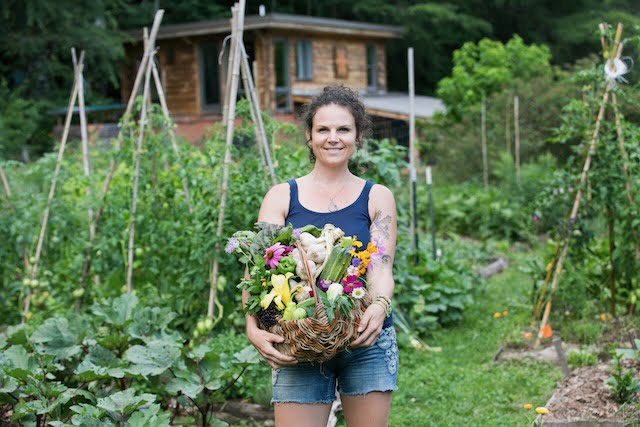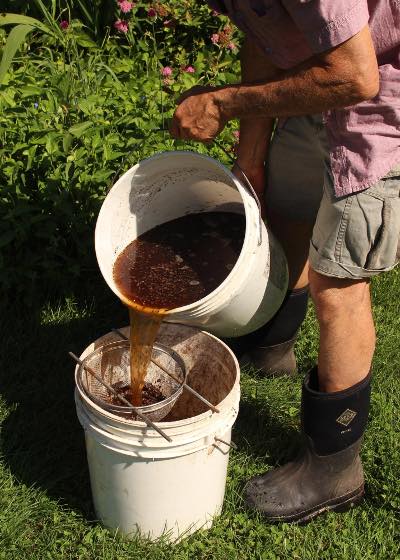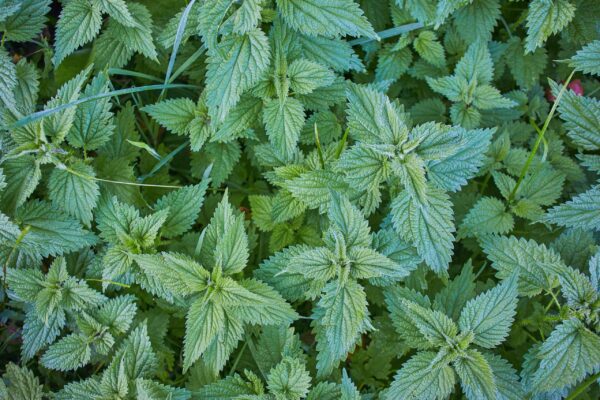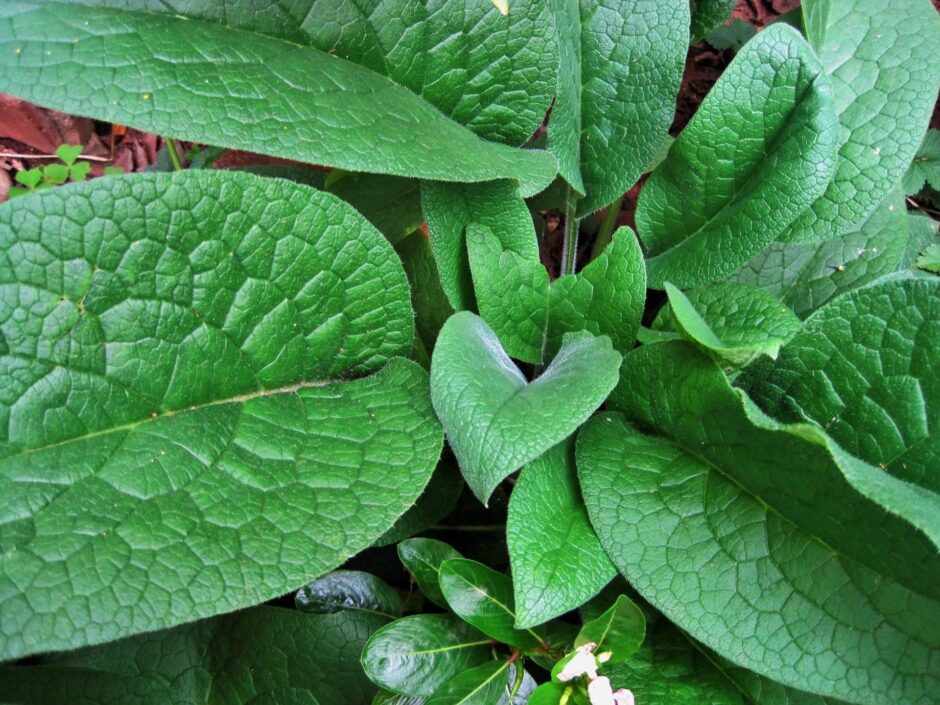Compost tea has many benefits for the garden, and it’s fairly easy to make at home. As you may have noticed, there are literally dozens of recipes and just as many strong opinions about what’s the best compost tea recipe. Here, we’ll share the only compost tea recipe you’ll ever need: one that’s simple, effective, and reliable.
What is compost tea?
Compost tea is simply a water extraction (like the tea we drink) of composted materials. It can be made from finished compost, fully mellowed manure, worm castings, or even fresh plants. Whatever the feedstocks, they are added to a bucket or larger vessel full of water, and allowed to infuse for a few days to a few weeks.
One type of compost tea is called Aerated Compost Tea (ACT), and is brewed for a shorter period of time with the addition of oxygen, usually using a fish tank bubbler. Fancy dedicated machines are also available for brewing ACT. The other type of compost tea is brewed without an aerator, and is usually allowed to infuse for longer. In this case, air is added by stirring the bucket daily, and the result is more akin to beer than tea, as it involves some fermentation. The end results of using different methods can vary widely, with the most important factor being the quality of the ingredients.
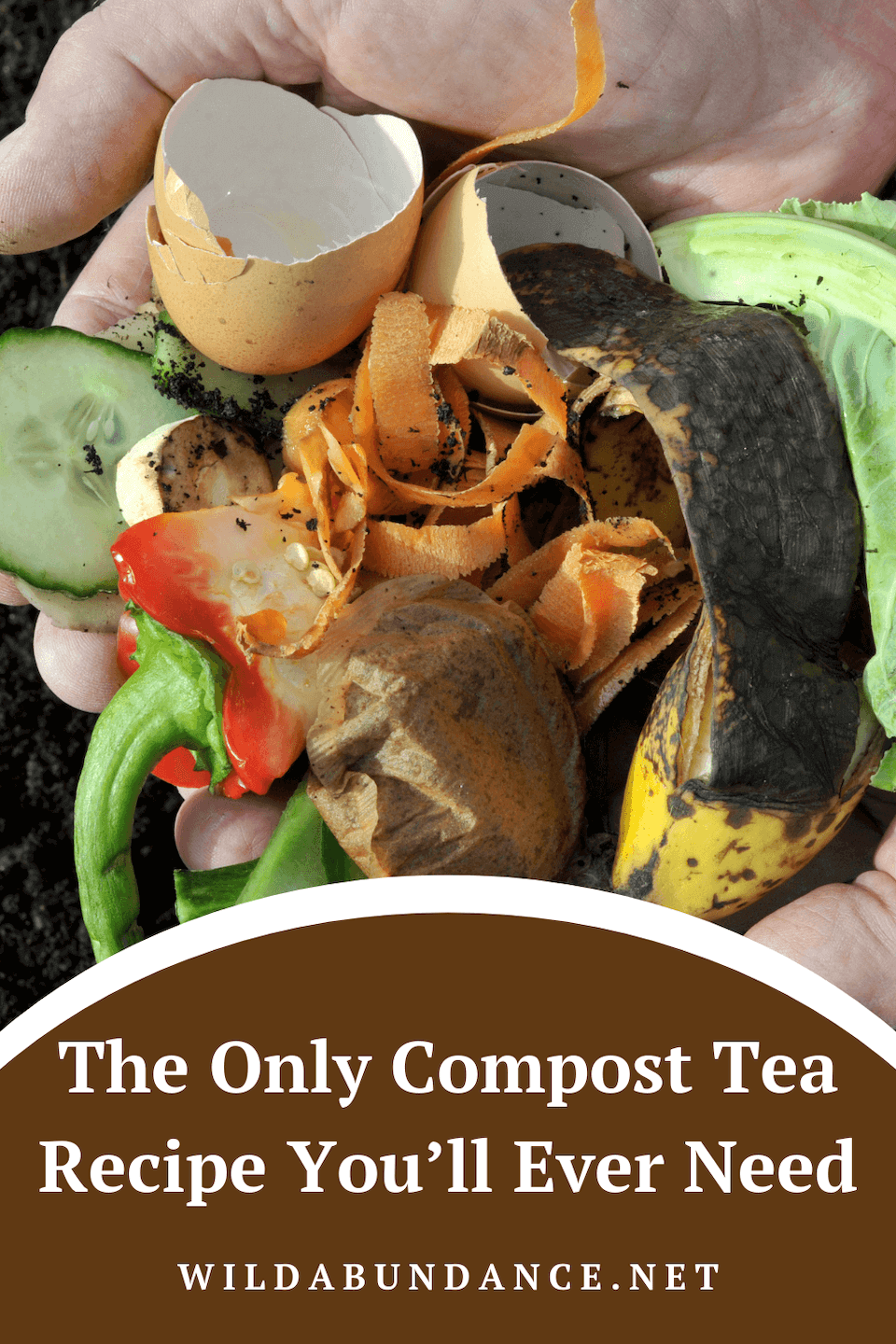

Benefits of compost tea
The benefits of compost tea are numerous and powerful in an organic garden. Compost tea can:
- Provide a cheap/free high-quality organic liquid fertilizer to use as a foliar spray or drench
- Increases microbial activity in the soil and/or on leaf surfaces
- Easily distribute the benefits of compost throughout the garden without any digging!
- Improve nutrient availability in the soil
- Provide essential minerals to plants
- Increase vigor, size, growth, and flavor of vegetables
- Improve pest and disease resistance in plants
- Be fun to make and apply…you feel a bit like a wizard brewing a magic potion
Challenges of compost tea
Even though compost tea seems like a garden rock star, it’s not without its challenges. Some difficulties that can arise are:
- Time and equipment needed for making ACT
- If pathogenic or harmful microbes are present in your compost, they will multiply in your compost tea (this is especially a problem with compost that didn’t get hot enough during decomposition)
- Compost tea made from manure that isn’t fully decomposed can harbor harmful pathogens
- It can smell (especially non-aerated compost tea)
- Microbes in compost tea won’t thrive in soil with low organic matter
- Different batches of compost tea can vary widely in their effectiveness
How to make compost tea?
To make compost tea you will need:
- Finished compost, well-composted manure, worm castings, and/or plant material
- A bucket or other water-holding vessel
- Non-chlorinated water (rainwater works beautifully)
- Aerator and electricity (for ACT only)
- A piece of screen or porous cloth to cover the bucket and keep bugs out (plus a board or string to keep the cover on the bucket)
- A paint-strainer bag (our favorite), sieve, cheesecloth, or old T-shirt to strain material
- A stick or spoon to stir (for non-aerated ACT)
- BONUS: a mister or sprayer to apply the finished tea as a foliar spray
Our preferred method for making compost tea is the non-aerated approach. This is because it’s simpler, lower input, and less time-consuming.
Learn all about organic fertilizers and how to use them, plus how to build great soil, manage pests, and grow over 25 varieties of vegetables, herbs and berries in our Online Gardening School.

Our favorite compost tea recipe
It may seem surprising, but our favorite compost tea recipe doesn’t technically involve compost. Instead, we use a combination of stinging nettles and comfrey in our brew. These two powerhouse plants are rich in nutrients and bioactive compounds. The reasons for this choice are simple: these plants are easy-to-grow perennials that are on hand throughout the spring, summer, and fall; and the compost tea made from them is predictable and effective. The recipe is pretty flexible; depending on what you have at hand you can use more or less of either material.
- ½ – 1 gallon loosely packed comfrey leaves, coarsely chopped
- ½ – 1 gallon loosely packed stinging nettle leaves (remember to use gloves when handling stinging nettles!)
- ~ 4 gallons of rainwater, spring water, creek water, or other non-chlorinated water (to cover plant material)
- Materials as listed above for brewing non-aerated compost tea
Steps to making non-aerated compost tea:
- Gather materials (see above)
- Place compost and/or plant material into bucket or vessel
- Add non-chlorinated water
- Stir
- Cover vessel with cloth or screen to prevent bugs
- Let the tea ferment/infuse in an out-of-the-way place with above-freezing temperatures (ideally out of direct sunlight) for 3 – 10 days
- Stir the brew daily 1-4 times (no need to be very exact here)
- Strain the brew through a paint stranger bag stretched over a clean bucket, or using a sieve, old t-shirt, etc. to remove compost/plant material
- Use the finished product right away, or store it in a cool, dry place
How to use compost tea
Once the compost tea is finished brewing and strained, it can be used in a variety of ways. The simplest is to drench established plants with the tea directly. To do this, simply pour some tea onto the soil next to the plant you’re feeding. If the soil is moist, you can use undiluted compost tea; if it’s dry, mix 1:1 with water before applying. Another option is to dilute the tea a bit more and use it to water seedlings and recent transplants. A good ratio for this use is 1:5, tea:water.
With the addition of a simple mister or sprayer, you can dilute the tea and use it as a foliar feed/spray; to do this use a 1:5 ratio. In the case of foliar application, micronutrients can be more quickly available to plants, since they don’t have to pass through roots in order to be taken in. Additionally, coating plant leaves with bioactive compost tea can inoculate them with beneficial bacteria, which provides some protection against pathogenic organisms that might colonize those same leaves. It’s important to spray compost tea or any foliar fertilizer in the early morning or during an overcast day. Ideally, the spray lands on leaves that aren’t exposed to direct, bright sunlight, but then there’s enough light and warmth after application in order to dry out leaves within an hour or two.
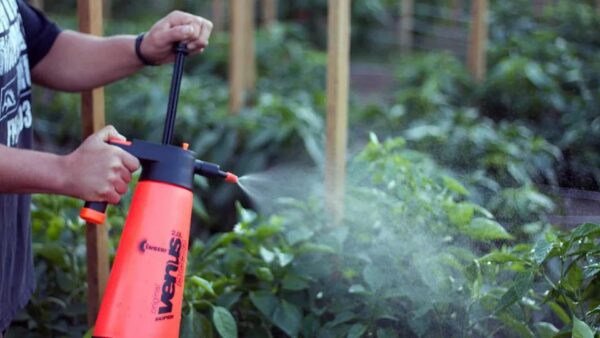

When not to use compost tea
Undiluted compost tea can be too strong for young plants and the nutrients it contains can actually inhibit seed germination. On the other hand, diluted compost tea can stimulate germination, so this isn’t to say don’t use it on seedlings, just make sure to dilute. If you make compost tea with compost, rather than the nettle/comfrey blend we discuss here, don’t pour it all over everything at first. Instead, do a small test patch and see how your garden responds. Since every home compost pile is different, and many of us don’t manage carefully for the high temperatures that kill pathogens, there’s always a chance your compost tea can spread diseases. Once you’ve observed some plants responding positively, you can feel safe to apply it more liberally.
